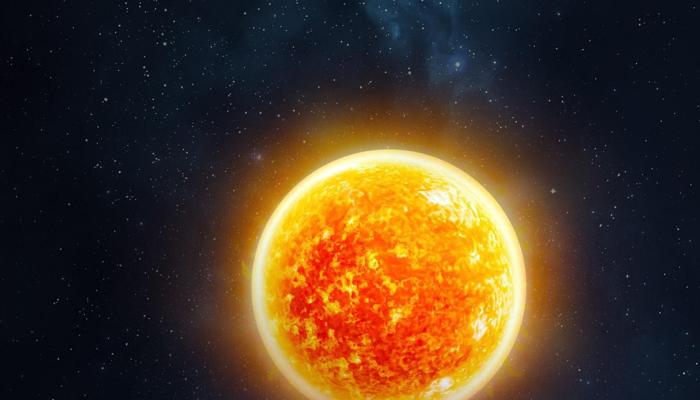Unveiling the Mysteries of Our Solar System: Mind-Blowing Discoveries Await! Dive in for a cosmic journey
Namaste readers! Buckle up, because your understanding of our cosmic neighbourhood is about to get
a serious upgrade. Scientists are constantly unearthing new secrets about our solar system, and some of these discoveries are downright astonishing.
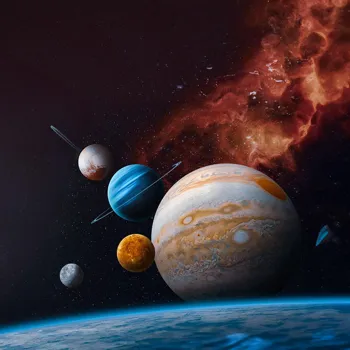
Forget what you learned in school – the solar system is far more dynamic, mysterious, and just plain weird than you ever imagined. Let's dive into ten mind-blowing revelations that will leave you stargazing with a whole new perspective!
Water ice found on Mercury, Moon; subsurface oceans on moons may harbor alien life
For years, scientists thought Earth was unique for its abundance of water. But guess what? Water ice has been confirmed on Mercury, in permanently shadowed craters near its poles. Lunar probe also detected significant quantities of water ice at the Moon's poles.

The amount is substantial enough to perhaps be used for future lunar bases. Even more excitingly, subsurface oceans churn beneath the icy crusts of several moons, including Europa (orbiting Jupiter) and Enceladus (orbiting Saturn).
These oceans are considered prime locations to search for extraterrestrial life! It seems wherever we look, the Solar System is overflowing with potential for H2O.
Mars' intriguing past hints at potential for ancient life
The Red Planet has always captivated our imagination, and recent discoveries have only deepened the mystery. Evidence suggests that Mars was once far warmer and wetter than it is today, with rivers, lakes, and even potentially oceans covering its surface.
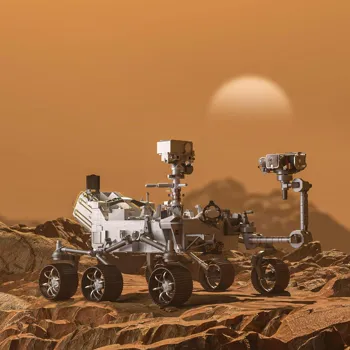
NASA's Curiosity rover has found organic molecules, while Opportunity rover detected traces of minerals that form in water, further reinforcing the idea that Mars could have supported life billions of years ago.
While we haven't found definitive proof of past or present Martian life yet, the evidence is compelling. Mars is far more than just a dusty, barren world – it is a captivating mystery of what it once was.
Enceladus: Icy moon with potential for life
Saturn's icy moon Enceladus is surprisingly one of the most astonishing discoveries in our solar system. This might seem like just another frozen rock, but it's a geyser on steroids.
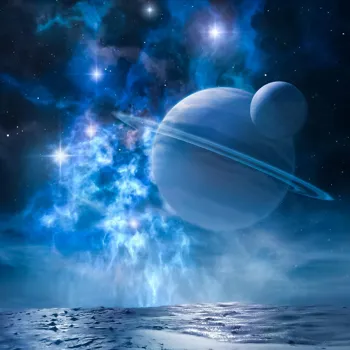
Plumes of water ice, organic molecules, and even signs of hydrothermal activity erupt from cracks near its south pole, indicating a subsurface ocean that could potentially harbor life. These geysers are not just a geological curiosity, one of the most exciting discoveries in our solar system ever.
Kuiper Belt: Home to diverse dwarf planets beyond Neptune
Beyond Neptune lies the Kuiper Belt, a vast region populated by icy bodies, including Pluto (now classified as a dwarf planet). But the Kuiper Belt is more than just leftover debris from the solar system's formation.
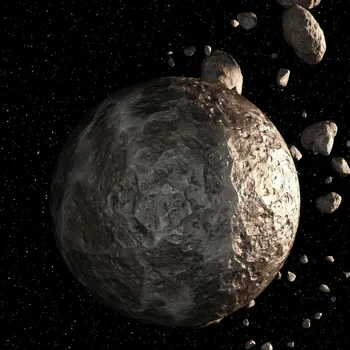
It's home to a surprising number of dwarf planets, all with unique compositions and histories. Exploring these distant worlds is helping us understand the conditions under which our solar system formed. It's a vast, unexplored region of the cosmos.
solar system planets have rings, not just Saturn, surprising!
Saturn is the undisputed ring king of the solar system, with its spectacular ring system. But guess what! Jupiter, Uranus, and Neptune also have rings, though they are far fainter and less prominent.
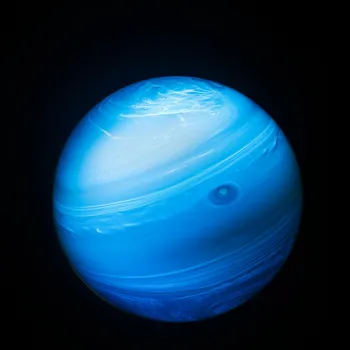
Even more surprisingly, a ring of dust has was discovered around the dwarf planet Haumea which is very surprising. This shows rings are more common than we thought.
Venus is often described as Earth's "evil twin" because of its dense, toxic atmosphere and scorching surface temperatures. However, recent studies suggest that Venus may have once been habitable, with liquid water on its surface. The presence of phosphine gas in its atmosphere (though controversial) is an interesting discovery. Venus is an interesting planet for scientists to keep an eye on.
\
The solar system is more than the eight planets that we have studied for decades. The number of moons around these planets are a study in itself. The various asteroids and the rings around the other planets other than Saturn present a different picture to us.
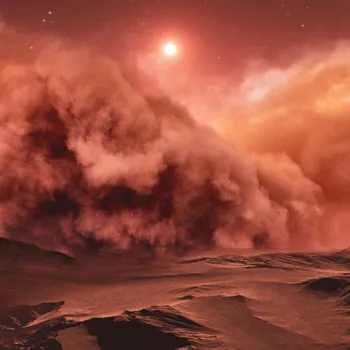
We learned that, the evidence suggests that Mars was once far warmer and wetter than it is today. This means that life could exist on Mars. Curiosity rover has been instrumental in exploring the Red Planet.
Exploration of Europa and Enceladus further deepens our understanding and reveals potentially habitable subsurface liquid water oceans.
As Curiosity rover continues to explore Mars, the exploration of the subsurface oceans under Europa and Enceladus shows the potential for extraterrestrial life.
The other planets like Venus, Jupiter, Uranus and Neptune, all have rings though fainter than the prominent rings of Saturn.
The exploration of the Solar system has led to major discoveries.
Discoveries of water ice, subsurface oceans, rings around the planets, geysers, dwarf planets have revolutionized our understanding of the composition. The research of water ice on Mercury, Moon, and on other planets demonstrates the pervasiveness of water throughout the solar system.
NASA scientists and other space researchers are constantly working hard to discover the true nature of our solar system. The missions led to revealing the secrets and mystery of the planets.
The potential for life to exist at a remote planet is something we have to explore and determine to know who we are and the Solar System.
As technology improves and exploration continues, we can expect even more mind-blowing discoveries in the years to come.
The dynamic and fascinating Solar System is waiting to be explored, so continue to explore the mysteries of the Universe.
AI Generated Content. Glance/InMobi shall have no liability for the content